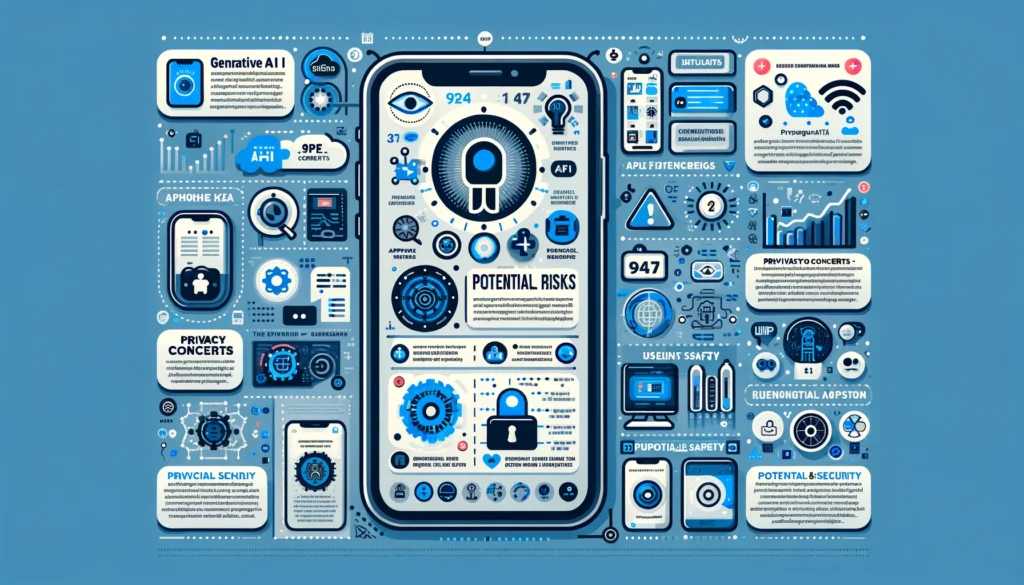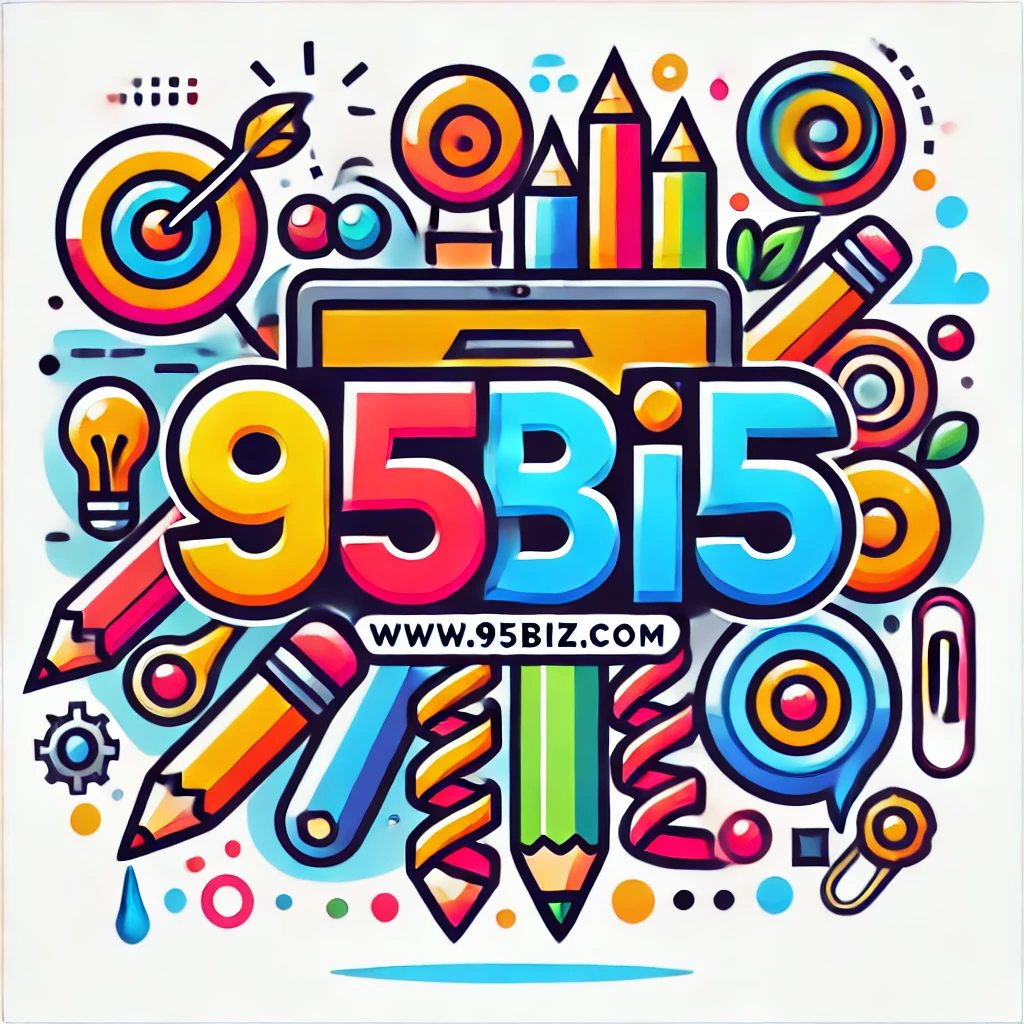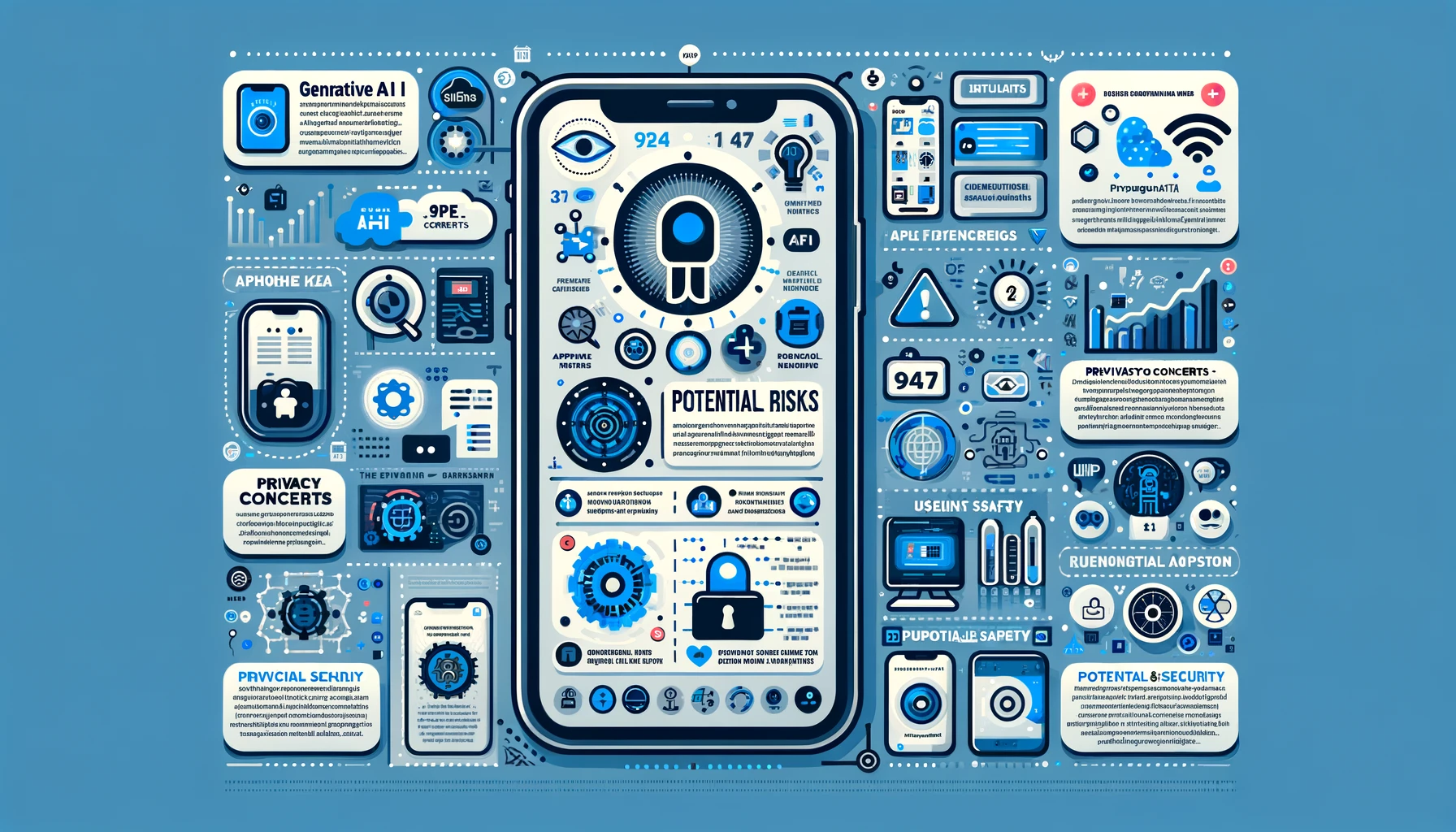Apple iPhone 16 Pro and the Dangers of Generative AI
Apple’s iPhone 16 Pro is stirring interest among tech lovers because of its revolutionary functions and dive into generative AI. Consistently advancing smartphone technology is what Apple does;however the addition of generative AI introduces risks and exciting scenarios.
Systems that produce content such as text images and video fall under the category of generative AI based on their input data. Some of the newest developments in the tech field come from this type of AI including complex chatbots and tools for creating content. It has been alleged that with their iPhone 16 Pro model Apple plans to apply this technology for user satisfaction by generating tailored content and streamlining duties.

The Promises of Generative AI in iPhone 16 Pro
Generative AI in the iPhone 16 Pro is expected to make the device smarter and more intuitive than ever before. Some of the anticipated features include:
- Enhanced Personalization: Users may enjoy a more customized experience as the upcoming iPhone explores their routines. Smart interactions with Siri as well as customized application recommendations and focused alerts may be part of it.
- Automated Content Creation: Users could use generative AI to produce content with ease by generating photo albums and editing videos. Users might find this can reduce their workload and ease workflow in creativity.
- Advanced Security Features: Through the study of user behavior generative AI could strengthen security measures. Users can receive warnings about unauthorized access if it can recognize irregular activities through typical user trends.
Read more: Apple Unveils Groundbreaking AI Features with Apple Intelligence
Privacy Concerns with Generative AI
Popular AI Features in iPhone 16 Pro
Potential Risks of Generative AI
Potential Risks and Ethical Concerns
While the integration of generative AI brings significant advantages, it also introduces potential risks that cannot be ignored.
- Privacy Concerns: This form of AI, generative AI, is very much data driven. The use of such artificial intelligence models has been criticized based on a worry that the data that is fed into these models is a threat to user privacy. Apple has always been very cautious about the user’s privacy and the use of data, and this might be a crucial concern for generative AI.
- AI-Generated Misinformation: This way, the generative AI in smartphones can become the cause of the spread of fake news since they can also create content. The use of AI texts or images for the wrong purpose will mean that there are fake stories that can be hard to tell from the real ones.
- Dependency on AI: This paper argues that the increased utilization of AI in day to day activities may diminish the need for human input in adoptions decisions. This leads to over dependency of technology and diminished thinking and problem solving abilities with time span.
Read more: Apple Intelligence Delays Impact iOS 18 and iPadOS 18 Overhauls
Apple’s Approach to AI and User Safety
For a long time now Apple has demonstrated a strong focus on safeguarding user privacy and security. During the rollout of generative AI in the iPhone 16 Pro it will likely emphasize user trust more than ever. Apple is set to establish solid safeguards for data privacy while using AI for learning purposes.
The firm will probably highlight clarity by letting users understand how generative AI operates and its data applications. The firm might offer users the chance to oversee the data they provide and the amount of AI engagement in their device controls.
With its planned generative AI features in the iPhone 16 Pro platform can significantly improve user experiences and automate tasks better. The system introduces problems that require careful oversight especially in relation to privacy and the moral use of AI-created materials. As Apple plans the rollout of this new feature users and experts in the field will pay attention to the balance of these technologies.
Read more: Apple Considers Switching to QLC NAND for Future iPhones

